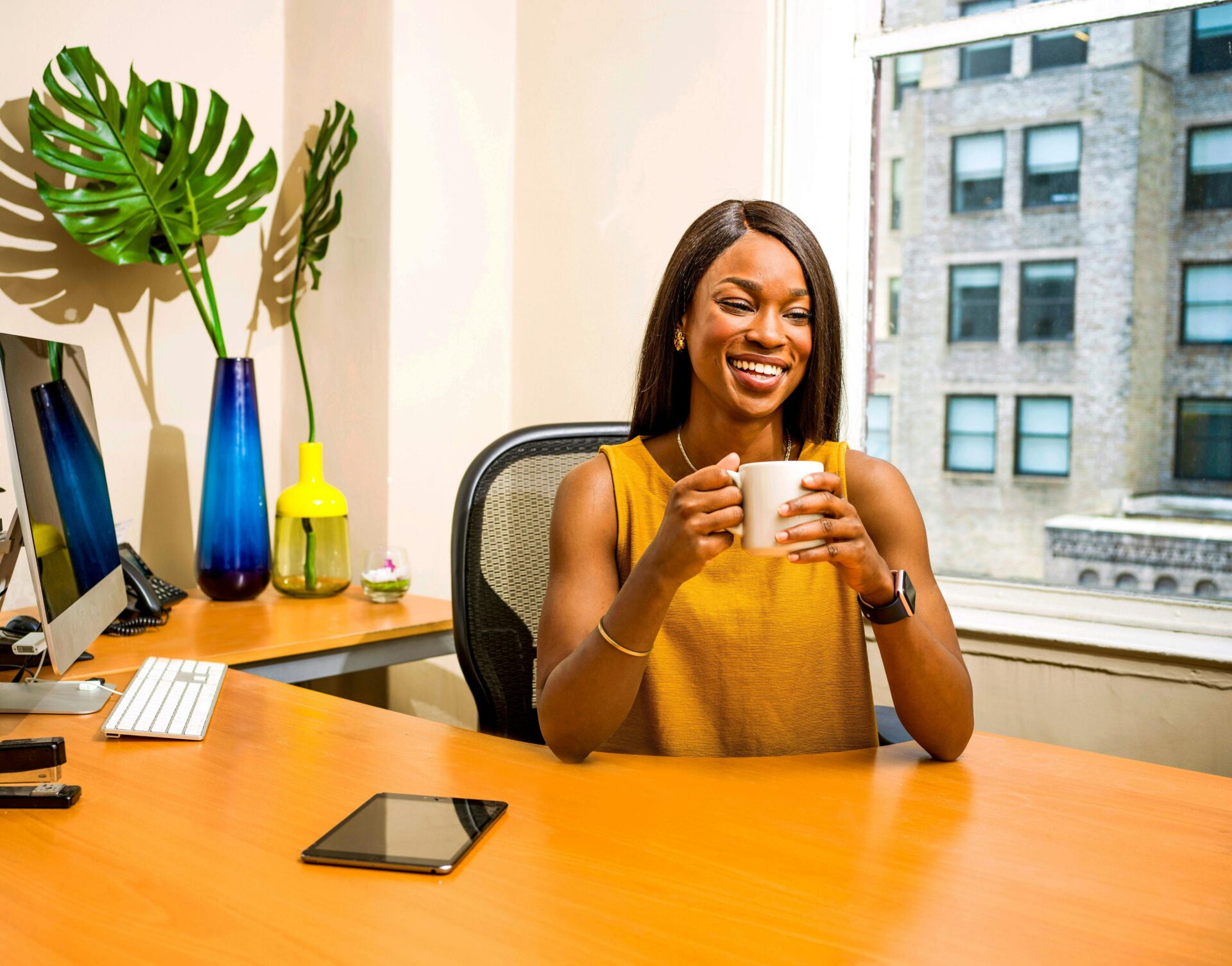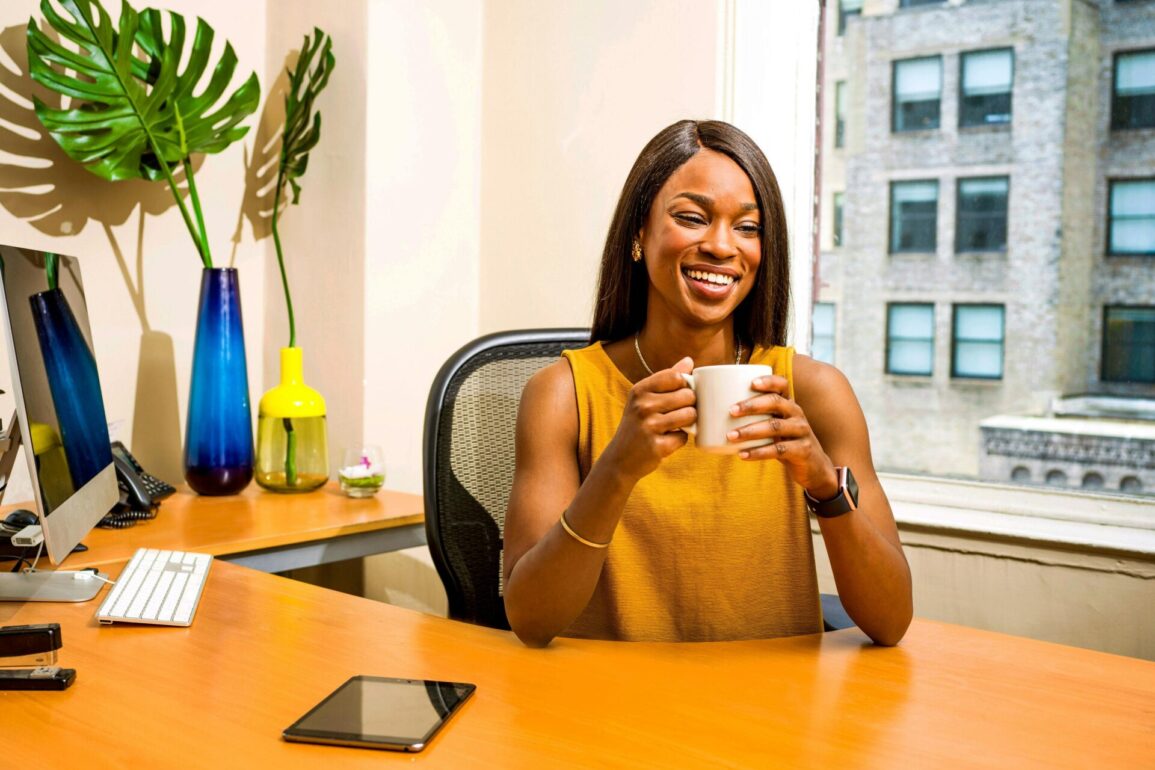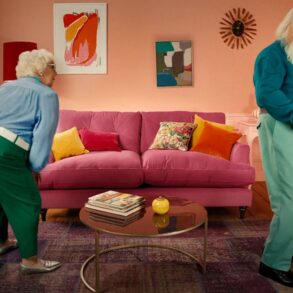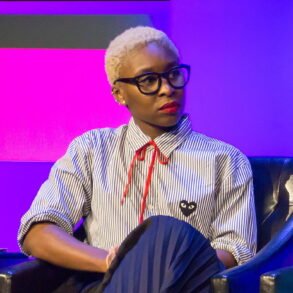
September 28, 2024
A new study shows how Millennial women dress in intracultural beauty standards outside of work and Eurocentric standards when at work.
A new study is digging into the beauty standards of Millennial women and how many feel they “cannot afford to ignore mainstream beauty standards” in and out of the workplace.
The qualitative study, “Millennial Agency and Liberation Within Black American Beauty Standards,” appears in the new edited volume “Embodiment and Representations of Beauty.” It found that Millennial Black women felt a sense of freedom and flexibility when it came to beauty standards in their personal lives. However, in the workplace, they felt pressured to conform to more restrictive beauty norms.
Jaleesa Reed, author of the study and assistant professor of human-centered design in the College of Human Ecology, conducted interviews with 20 millennial Black American women to explore their experiences with navigating beauty standards in connection to their identity. The participants, born between 1981 and 1996, represented the full range of the millennial generation.
The study found that participants felt that to meet American standards of beauty is to be “white,” “thin,” “blonde” and “blue-eyed.” In their personal lives, the participants embraced an “intracultural” beauty standard that celebrates the diverse hair textures, body shapes, and skin tones found within the African diaspora. However, in professional settings, participants felt compelled to make style choices that balanced their personal identities with advancing their careers and aligning with workplace expectations.
“Decisions around how to style their hair, what jewelry to wear, or how much makeup to put on are tied to their economic livelihood and their ability to support themselves and their families,” Reed said.
“On one hand, it feels like, ‘Oh, it’s just how you do your hair.’ But on the other hand, they must also consider their workplace environment, which led them to question their style choices.”
The results reflect the Eurocentric beauty standards passed down to the Millennial generation and how they’re followed in the workplace.
“Participants were aware, from personal experience and anecdotes, of repercussions for Black women who did not ascribe to the appearance expectations at work,” Reed said. “Eurocentric beauty standards reinforced through popular media also taught them, from an early age, that women with lighter skin tones, and long, straight hair were considered to be more beautiful.”
According to the 2019 C.R.O.W.N. Research Study, Black women in the U.S. are 1.5 times more likely than other women to be sent home from work due to their hairstyle, resulting in social and economic consequences. Black women with straighter hair face fewer workplace microaggressions compared to those with coils or textured hair.
As a result, the study participants feel adhering to an intracultural beauty standard in predominantly white environments could risk their job security and the financial stability of their families, Reed says.
“For Black women,” Reed wrote, “hairstyle choices for professional spaces are laden with cultural meaning and likely to be misinterpreted. Protective styles, such as cornrows, twists or locs … are often deemed unprofessional as evidenced by the cases of hair discrimination … .”
The number of states implementing hair discrimination laws continues to rise in 2024. This follows a coalition that was formed to urge lawmakers to pass legislation banning employers from discriminating against hairstyles, particularly those associated with Black or Biracial individuals.
Known as CROWN laws (Create a Respectful and Open Workplace for Natural Hair), the first of many was signed into law in 2019 by California Governor Gavin Newsom. There are currently 28 states with laws supporting the CROWN Act.
Post Views: 27
This post was originally published on this site be sure to check out more of their content.









